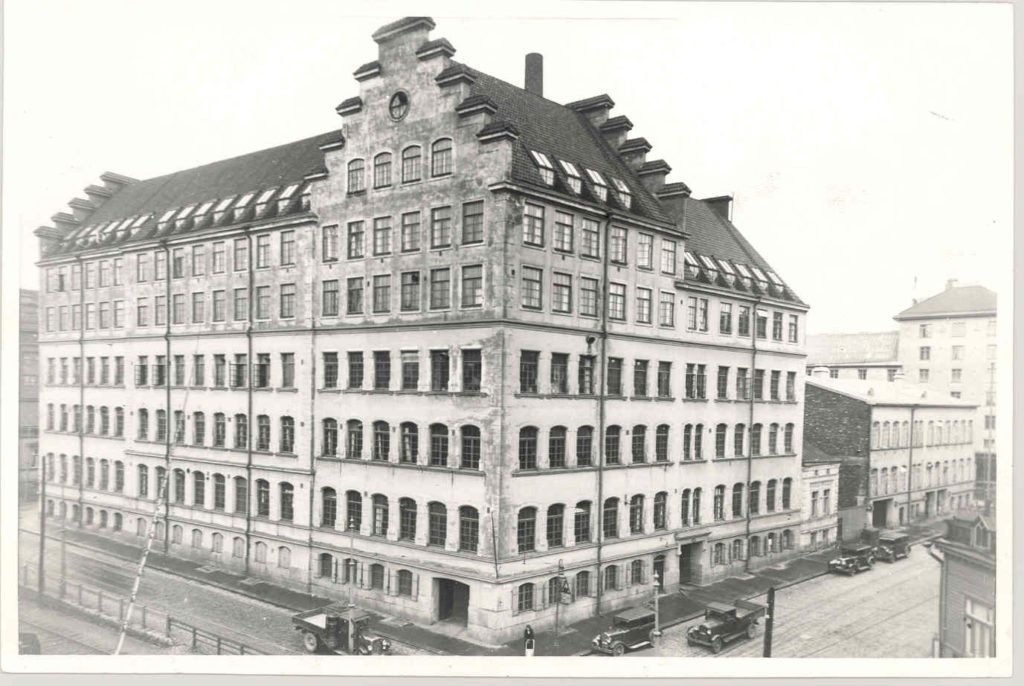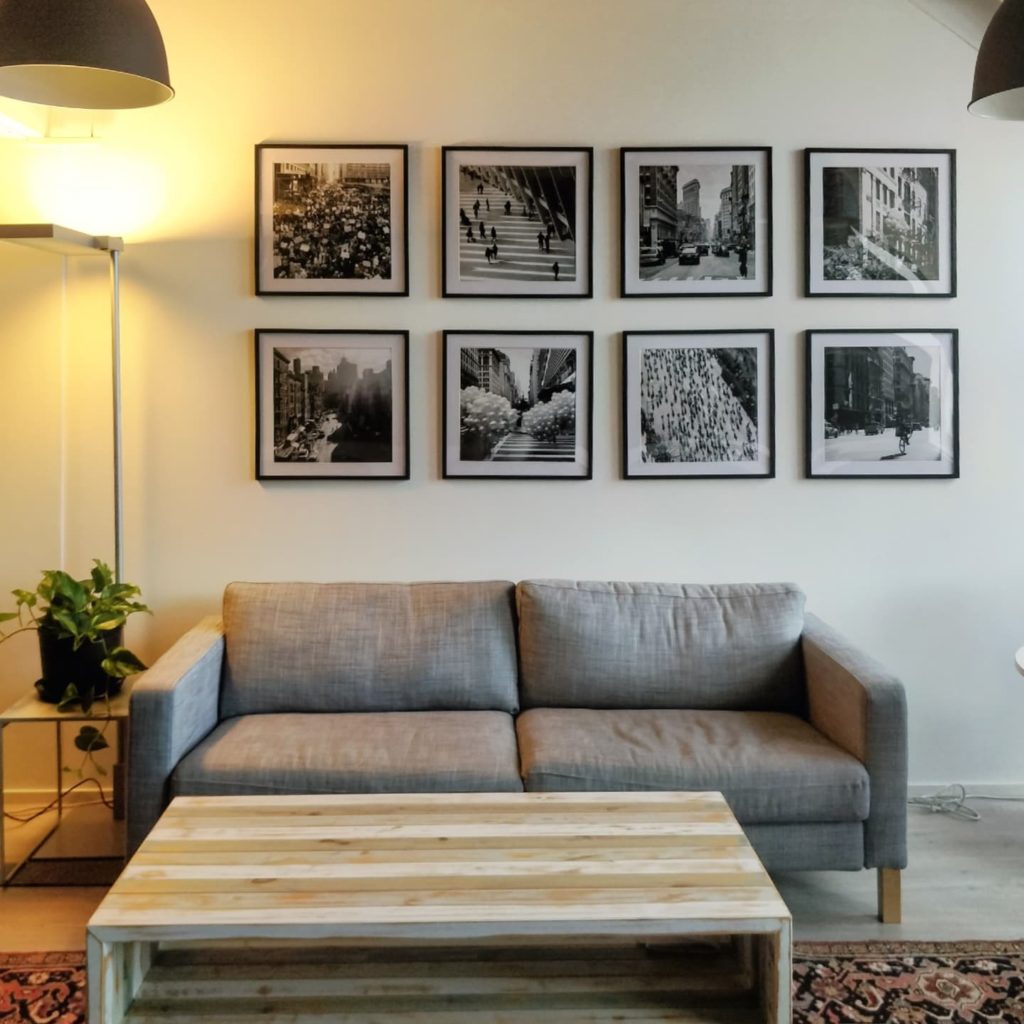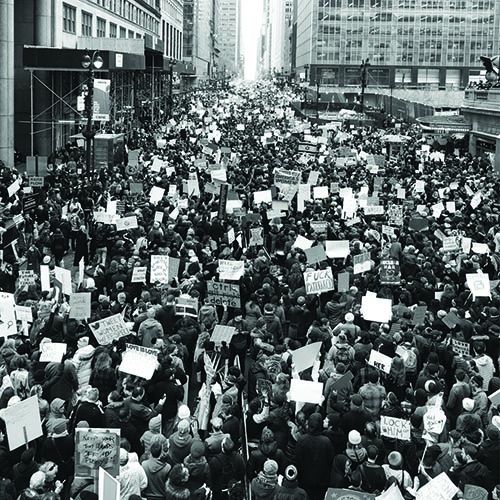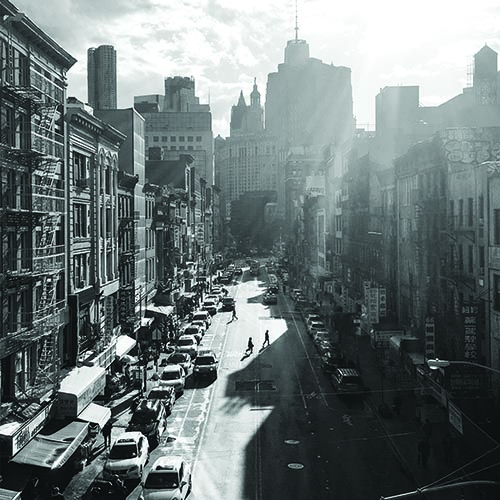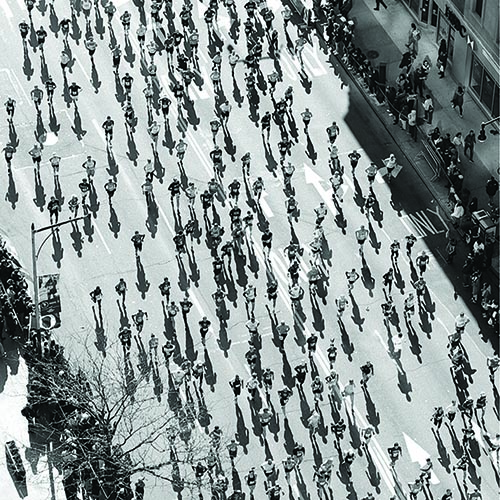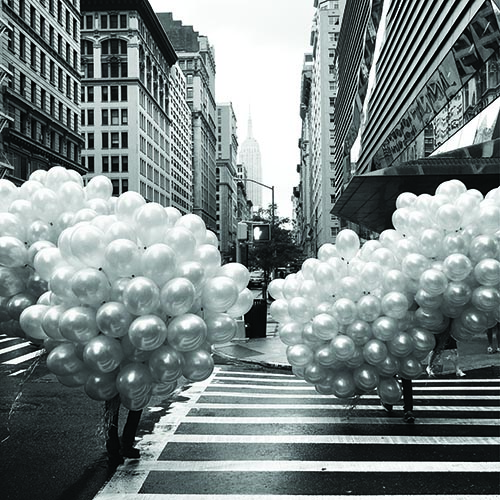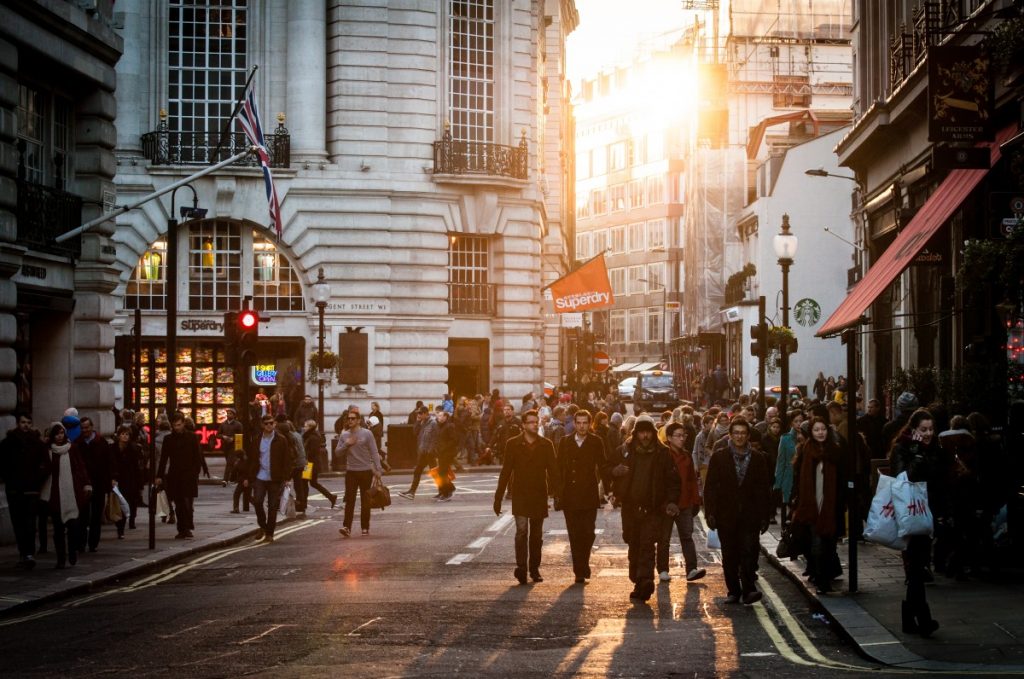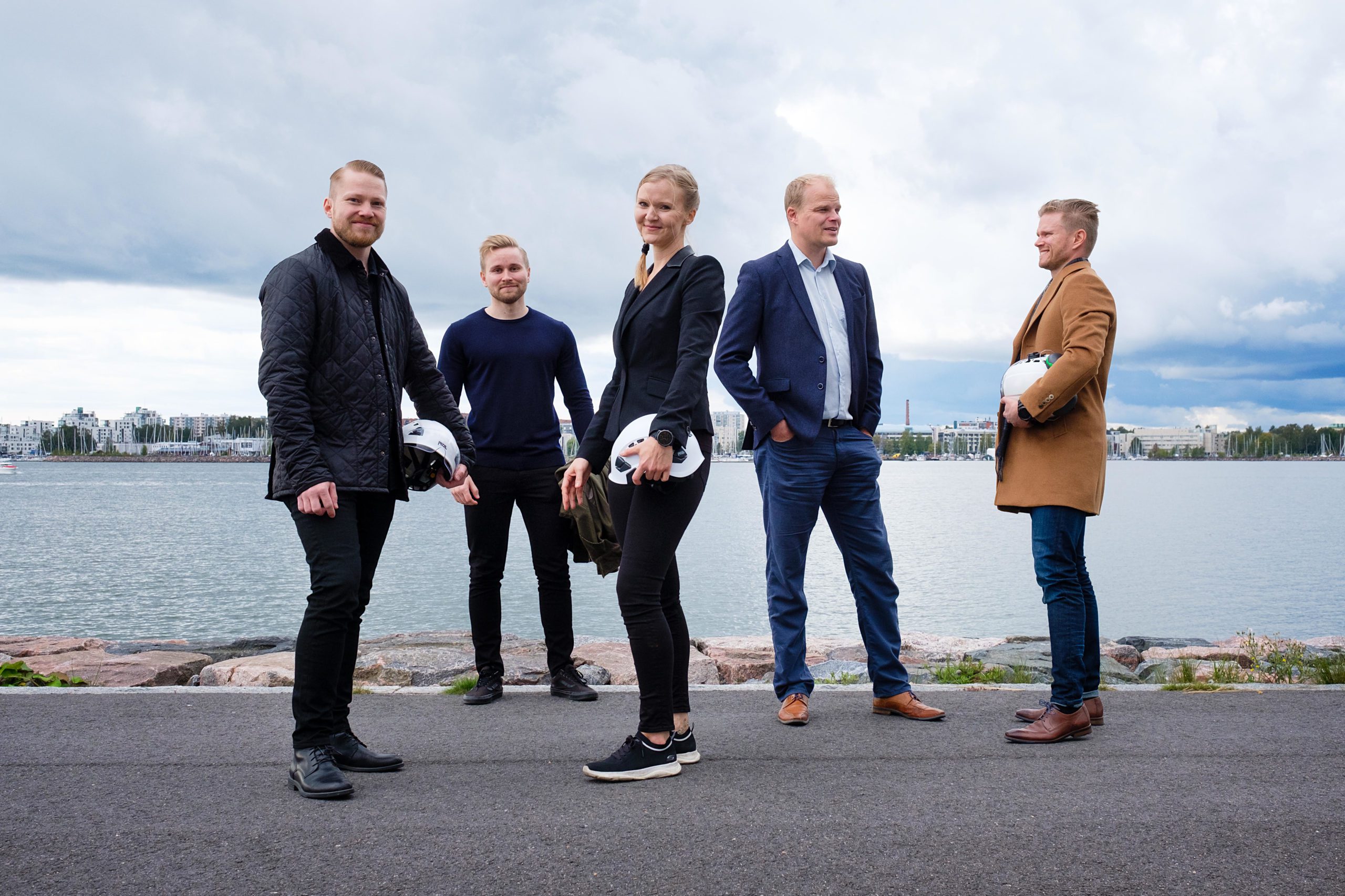

CHAOS x noste.io – noste.io renews established operating models in the real estate industry with the help of data and technology
CHAOS’ AI-based urban forecasts and data screening help noste.io promote a more sustainable real estate business and create value for its customers.

